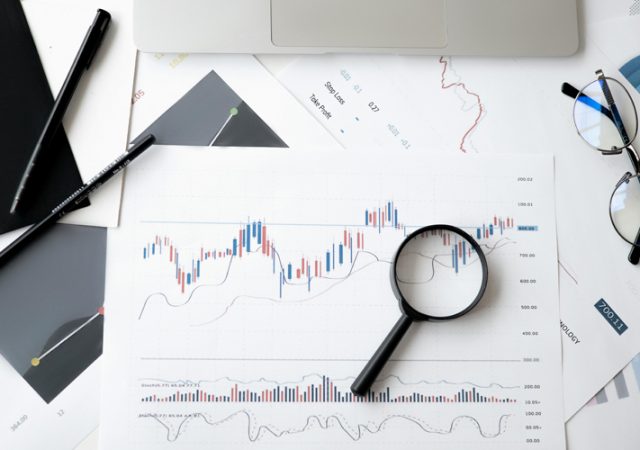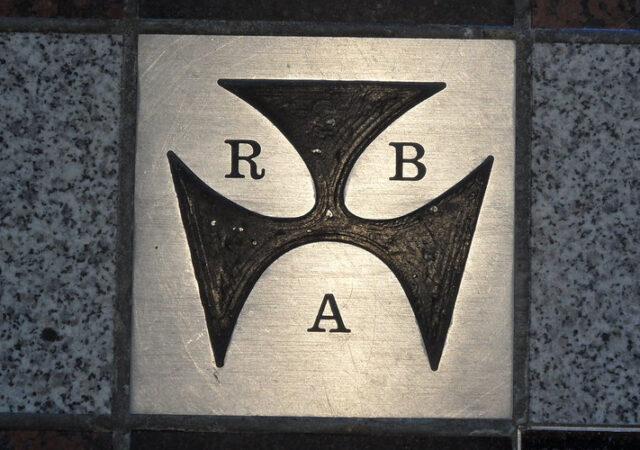The concept of ‘Buy Now, Pay Later’ (BNPL) has revolutionised consumer behaviour across the world.
At last count, up to 30 per cent of the Australian population had an account with at least one of the 5000-plus suppliers offering BNPL services. Afterpay was the most prominent, accounting for 73 per cent of the market.
The surge in BNPL accounts is huge. In 2015-16, there were 487,221 active accounts. According to the most recent data from ASIC, there were 3,748,737 active accounts in 2018-19 – with transactions valued at a whopping $5.6bn. As of June 2020, the total value of transactions was $8.2bn.
BNPL is hugely appealing for many of us, and it’s easy to understand why. After all, it comes with little to no financial risk, makes purchases more affordable and helps us budget, right?
Wrong!
Reality check
While it initially all sounds great when you’re wiring up that new 85-inch flatscreen or turning heads in a stunning new outfit, BNPL is the same as any other debt. You need to have the ability to repay it.
More people than you might think are struggling to do that and it can negatively affect their ability to get access to the credit they really need. Like when they want to finance a mortgage or a car loan.
WATCH: Here’s how to find out if your spending has impacted your credit score:
In 2018-19, 21 per cent of BNPL customers missed a payment and incurred fees as a result. Those missed payment fees added up to more than $43m – so much for making purchases more affordable.
ASIC also reported that some consumers who held BNPL accounts were experiencing difficulty meeting repayments. So much so that they were taking out more credit to make them, and some were even going without meals.
The impact of ‘buy now, pay later’ on your credit report
Your credit report is what a lender will look at to assess your suitability and whether they’re going to lend to you or not. Your credit score is a number between 0 and 1200 (a good score is usually 600 or above), and if you make too many enquiries to a lender – including BNPL lenders – this could well be registered there and negatively impact your credit score. And it’s highly likely that any missed payment will be registered there too.
READ MORE: Ever wondered how your credit score is calculated? This burger explains all
A strong credit score can enable you to access more attractive interest rates from more reputable lenders, so it’s wise to consciously look after and nurture it. You can check it for free on GetCreditScore.com.au, and accessing it won’t leave a dent on your actual credit file itself.
Managing your ‘buy now pay later’ debt
When used responsibly, BNPL facilities can be enormously helpful, so follow these tips to avoid getting into financial trouble.
Do your research
Every BNPL lender is different. They’ll have different terms, different fees and different charges for late repayments. Do your research before you purchase so you know exactly what you’re getting into.
Proceed with caution
Yes, BNPL is a very tempting way to get hold of something new, but is it really necessary to have it now? If you’re considering using BNPL for items you actually need, seek financial hardship help first, as you need to be able to repay. Be sure you can meet the repayments at the scheduled intervals, as costs can rack up pretty quickly if you don’t.
Keep an eye on your budget
Your essentials – rent or mortgage, food, bills – must be prioritised. If there’s any chance that taking on additional debt via BNPL means you won’t be able to meet these obligations, don’t do it.
Link to your debit card, not your credit card
You can usually link your BNPL account to your debit or credit card to ensure you don’t miss a payment – but make it your debit card! If you pay via your credit card and fail to pay that off in full each month, you’ll just end up paying interest on the purchase anyway, which is against the whole concept of BNPL.
Building a good credit score means using credit responsibly. So if you’re using BNPL services, try to limit your use and keep an eye on your credit score to ensure your actions aren’t having a negative impact.
GetCreditScore.com.au gives you free, quick access to your credit score, so log on to understand where you are now – and how you can improve that in the future.
This article is brought to you by Your Money & Your Life in partnership with GetCreditScore.






























Trending